Preparation and Magnetic Properties of Low-Loss Soft Magnetic Composites Using MgO-Phenolic Resin Coating
Abstract
1. Introduction
2. Experimental Materials and Methods
3. Results and Discussion
3.1. Characterization of Insulation Layer
3.2. Effect of MgO Content on Material Properties
4. Conclusions
- The SEM and EDS analyses of the elemental surface distribution and line scanning showed that a layer of MgO insulation was uniformly coated on the surface of iron powder, and the presence of the insulation layer could effectively improve the frequency characteristics and resistivity of the sample. The resistivity of the sample coated with 4 wt.% MgO was nearly 45 times higher than that of the sample uncoated under the same conditions.
- The coating agent content has an important influence on the magnetic properties of the sample. When the MgO content is 4 wt.%, the sample has an acceptable real permeability value and the lowest magnetic loss. Compared with the uncoated sample, the magnetic loss of the coated sample with 4 wt.% was reduced by 77.3% at 1 kHz. At 50 kHz, the magnetic loss is only 5.8% of the uncoated sample. The adhesive phenolic resin builds an effective bridge between the matrix and the MgO nano-particles, increasing the crushing strength from 14.3 MPa to 34.8 MPa when the coating amount is 4 wt.%.
Author Contributions
Funding
Institutional Review Board Statement
Informed Consent Statement
Data Availability Statement
Conflicts of Interest
References
- Zhao, R.; Dong, Y.; Wu, S.; Li, X.; Liu, Z.; Jia, X.; Liu, X.; Wu, H.; Gao, W.; He, A.; et al. Enhancing soft magnetic properties of FeSiBNbCu nanocrystalline powder cores by coating ZrO2 insulation layer. Adv. Powder Technol. 2023, 34, 103952. [Google Scholar] [CrossRef]
- Shokrollahi, H.; Janghorban, K. Soft magnetic composite materials (SMCs). J. Mater. 2007, 189, 1–12. [Google Scholar] [CrossRef]
- Wu, S.; Sun, X.; Dong, Z.; Liu, J.; Fan, J.; Zhou, X.; Wang, Y.; Sun, A. Magnetic properties of Fe/parylene soft magnetic composites prepared via chemical vapor deposition. J. Magn. Magn. Mater. 2023, 584, 171100. [Google Scholar] [CrossRef]
- Zhou, B.; Dong, Y.; Chi, Q.; Zhang, Y.; Chang, L.; Gong, M.; Huang, J.; Pan, Y.; Wang, X. Fe-based amorphous soft magnetic composites with SiO2 insulation coatings: A study on coatings thickness, microstructure and magnetic properties. Ceram. Int. 2020, 49, 13449–13459. [Google Scholar] [CrossRef]
- Zhong, X.; Chen, J.; Wang, L.; Li, B.; Li, L. Properties of FeSiAl-based soft magnetic composites with AlN/Al2O3 and hybrid phosphate–silane insulation coatings. J. Alloys Compd. 2018, 735, 1603–1610. [Google Scholar] [CrossRef]
- Sunday, K.J.; Hanejko, F.G.; Taheri, M.L. Magnetic and microstructural properties of Fe3O4-coated Fe powder soft magnetic composites. J. Magn. Magn. Mater. 2017, 423, 164–170. [Google Scholar] [CrossRef]
- Lan, H.; Chen, S.; Gao, Z.; Zhu, S.; Li, L. Electronic structure and magnetic properties of Fe@SiO2 soft magnetic composites. J. Cent. South Univ. Sci. Technol. 2023, 54, 1272–1280. [Google Scholar]
- Park, J.-H.; Kim, H.-R.; Lee, J.-W.; Jeong, J.-W. Improved Soft Magnetic Properties in FeNi@MgO Composites by Sol-Gel-Based Surface Coating and High-Temperature Heat Treatment. Metals 2023, 13, 1383. [Google Scholar] [CrossRef]
- Wu, S.; Sun, A.; Lu, Z.; Cheng, C. Fabrication and properties of iron-based soft magnetic composites coated with parylene via chemical vapor deposition polymerization. Mater. Chem. Phys. 2015, 153, 359–364. [Google Scholar] [CrossRef]
- Taghvaei, A.H.; Ebrahimi, A.; Gheisari, K.; Janghorban, K. Analysis of the magnetic losses in iron-based soft magnetic composites with MgO insulation produced by sol–gel method. J. Magn. Magn. Mater. 2010, 322, 3748–3754. [Google Scholar] [CrossRef]
- Jakubčin, M.; Birčáková, Z.; Kollár, P.; Füzer, J.; Bureš, R.; Fáberová, M. Study of Reversible and Irreversible Magnetization ProcessesProportions of Fe-MgO Soft Magnetic Composites. Acta Phys. Pol. A 2020, 137, 879–881. [Google Scholar] [CrossRef]
- Wu, S.; Dong, Y.; Li, X.; Gong, M.; Zhao, R.; Gao, W.; Wu, H.; He, A.; Li, J.; Wang, X.; et al. Microstructure and magnetic properties of FeSiCr soft magnetic powder cores with a MgO insulating layer prepared by the sol-gel method. Ceram. Int. 2022, 48, 22237–22245. [Google Scholar] [CrossRef]
- Yuan, H.; Hu, J.; Yu, H.; Luo, P.; Li, J.; Liu, Z. Temperature resistance of soft magnetic composites based on carbonyl iron powder for molding inductor. Mater. Chem. Phys. 2024, 314, 128808. [Google Scholar] [CrossRef]
- Barba, A.; Clausell, C.; Jarque, J.C.; Nuño, L. Magnetic complex permeability (imaginary part) dependence on the microstructure of a Cu-doped Ni–Zn-polycrystalline sintered ferrite. Ceram. Int. 2020, 46, 14558–14566. [Google Scholar] [CrossRef]
- Wu, S.; Sun, A.; Zhai, F.; Wang, J.; Zhang, Q.; Xu, W.; Logan, P.; Volinsky, A.A. Annealing effects on magnetic properties of silicone-coated iron-based soft magnetic composites. J. Magn. Magn. Mater. 2012, 324, 818–822. [Google Scholar] [CrossRef]
- Zhao, G.; Wu, C.; Yan, M. Fabrication and growth mechanism of iron oxide insulation matrix for Fe soft magnetic composites with high permeability and low core loss. J. Alloys Compd. 2017, 710, 138–143. [Google Scholar] [CrossRef]
- Wu, S.; Dong, Z.; Li, J.; Fan, J.; Liang, Y.; Liu, J. Preparation and Magnetic Properties of AlN/Phenolic Resin-Coated Iron-Based Soft Magnetic Composites. J. Electron. Mater. 2023, 52, 8086–8094. [Google Scholar] [CrossRef]
- Jordan, H. Die ferromagnetischen Konstanten für schwache Wechselfelder. Elektr. Nach. Technol. 1924, 1, 8. [Google Scholar]
- ATaghvaei, H.; Shokrollahi, H.; Janghorban, K. Structural studies, magnetic properties and loss separation in iron–phenolicsilane soft magnetic composites. Mater. Des. 2010, 31, 142–148. [Google Scholar] [CrossRef]
- Cullity, B.D. Introduction to Magnetic Materials; John Wiley & Sons, Inc.: Hoboken, NJ, USA, 2008. [Google Scholar]
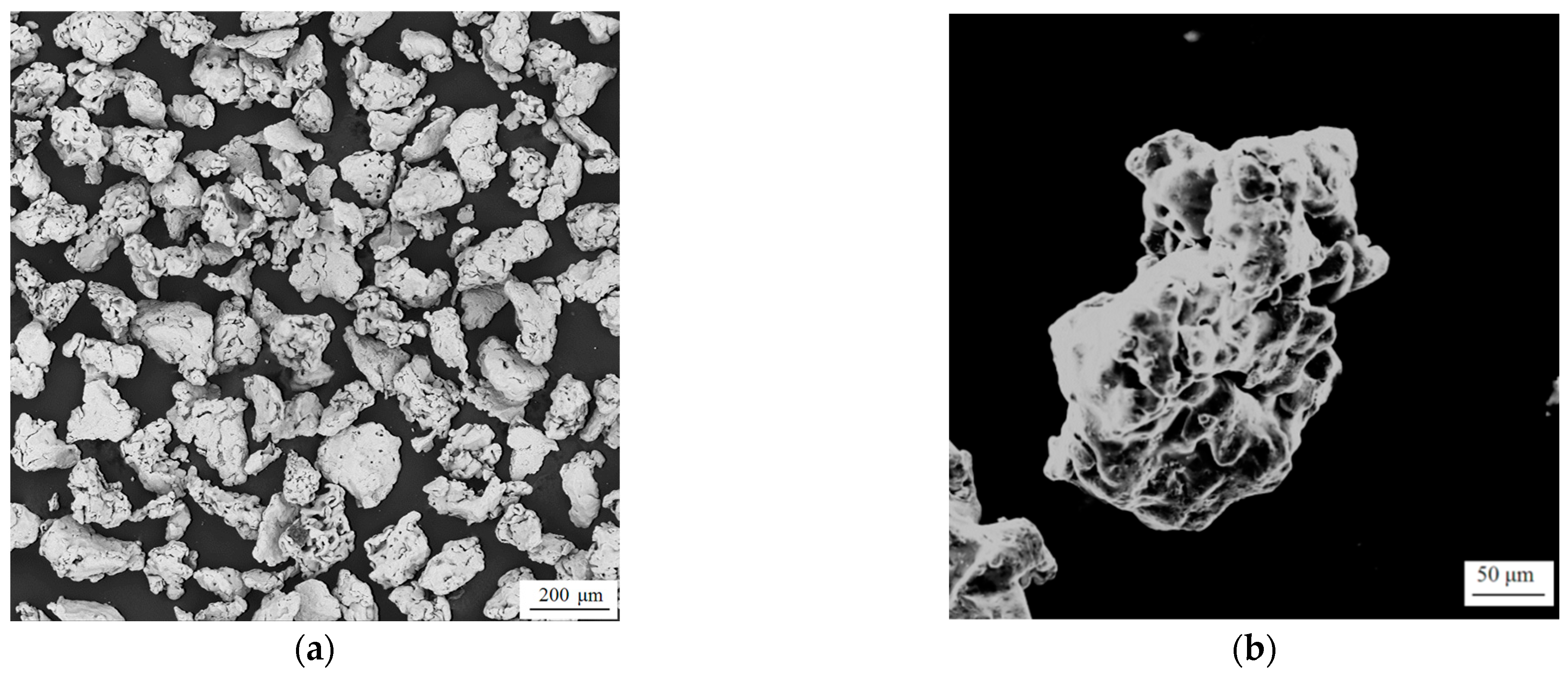
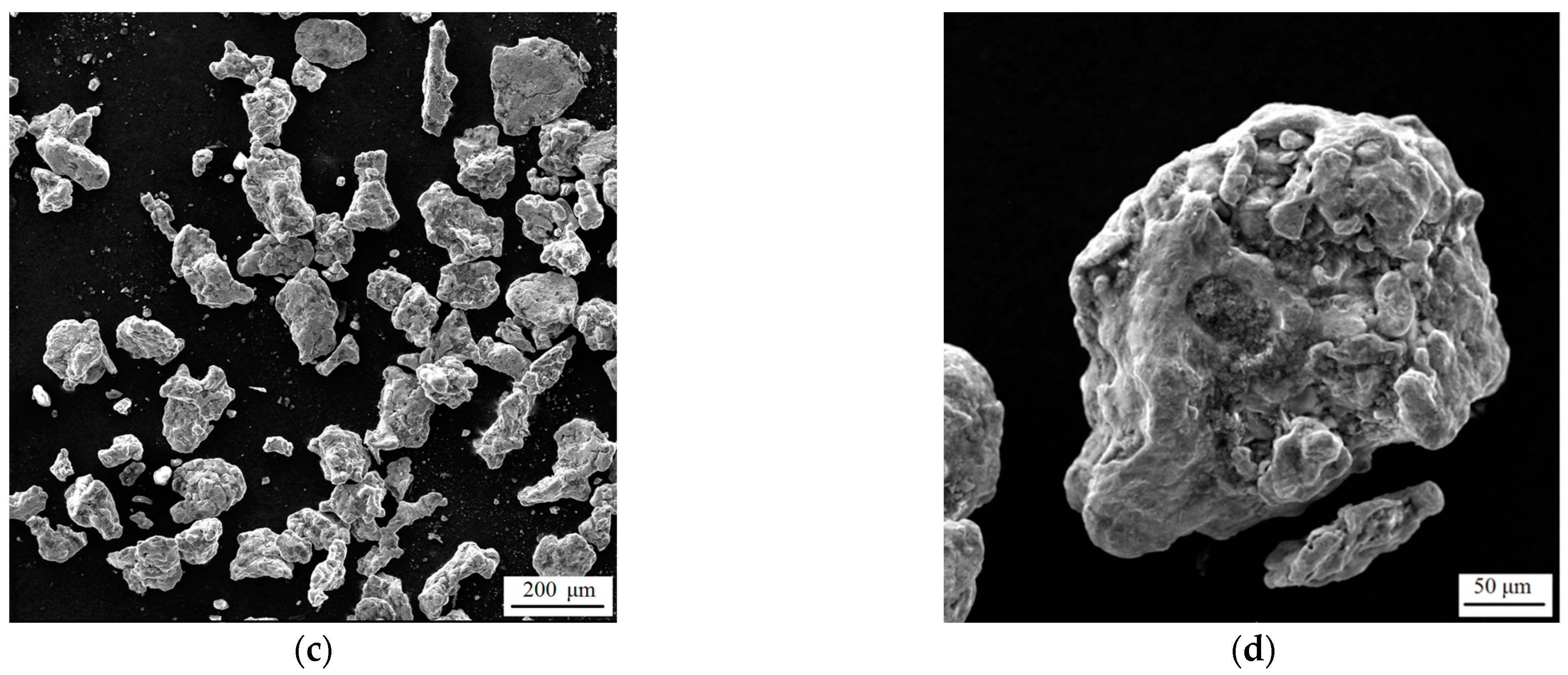
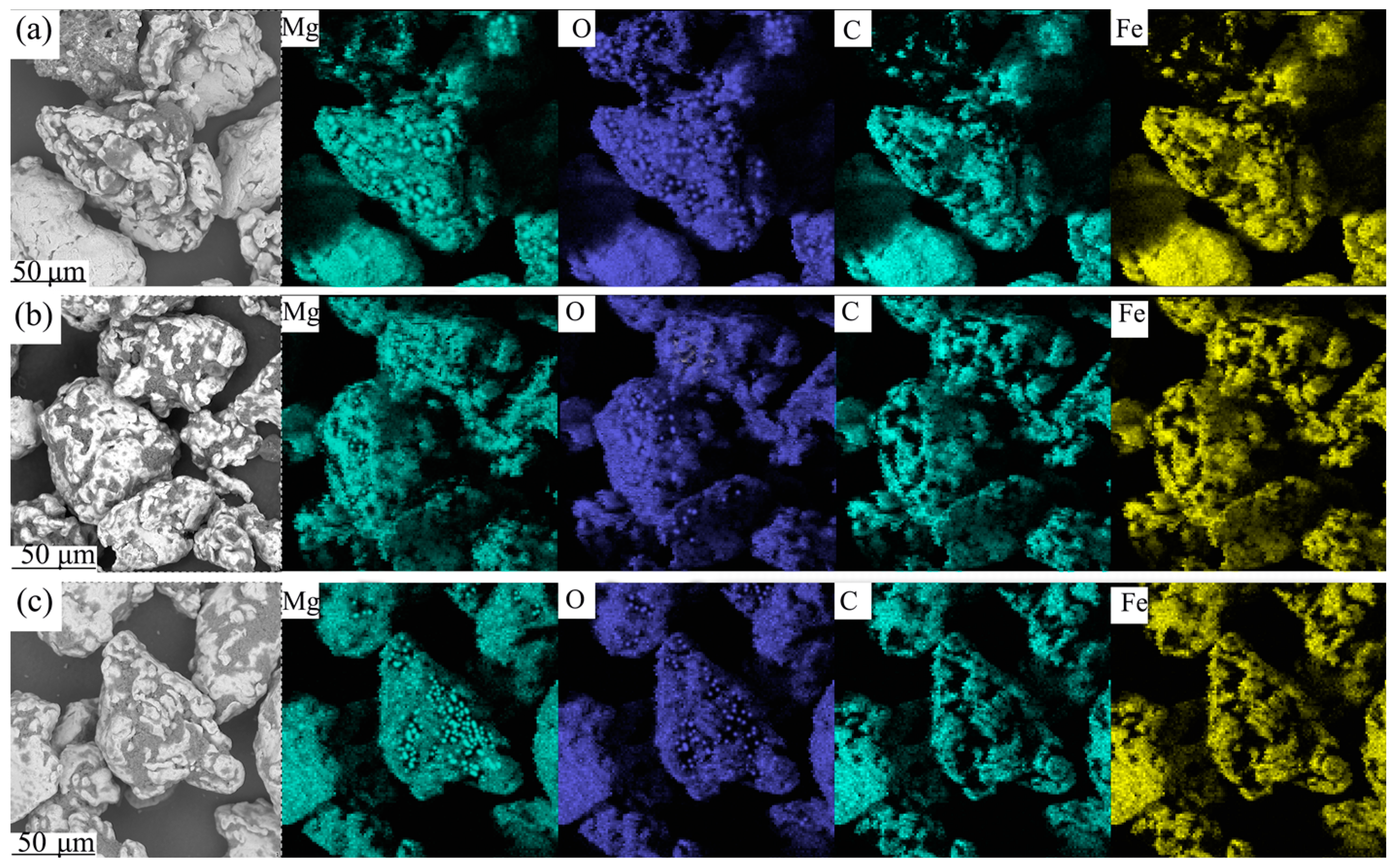

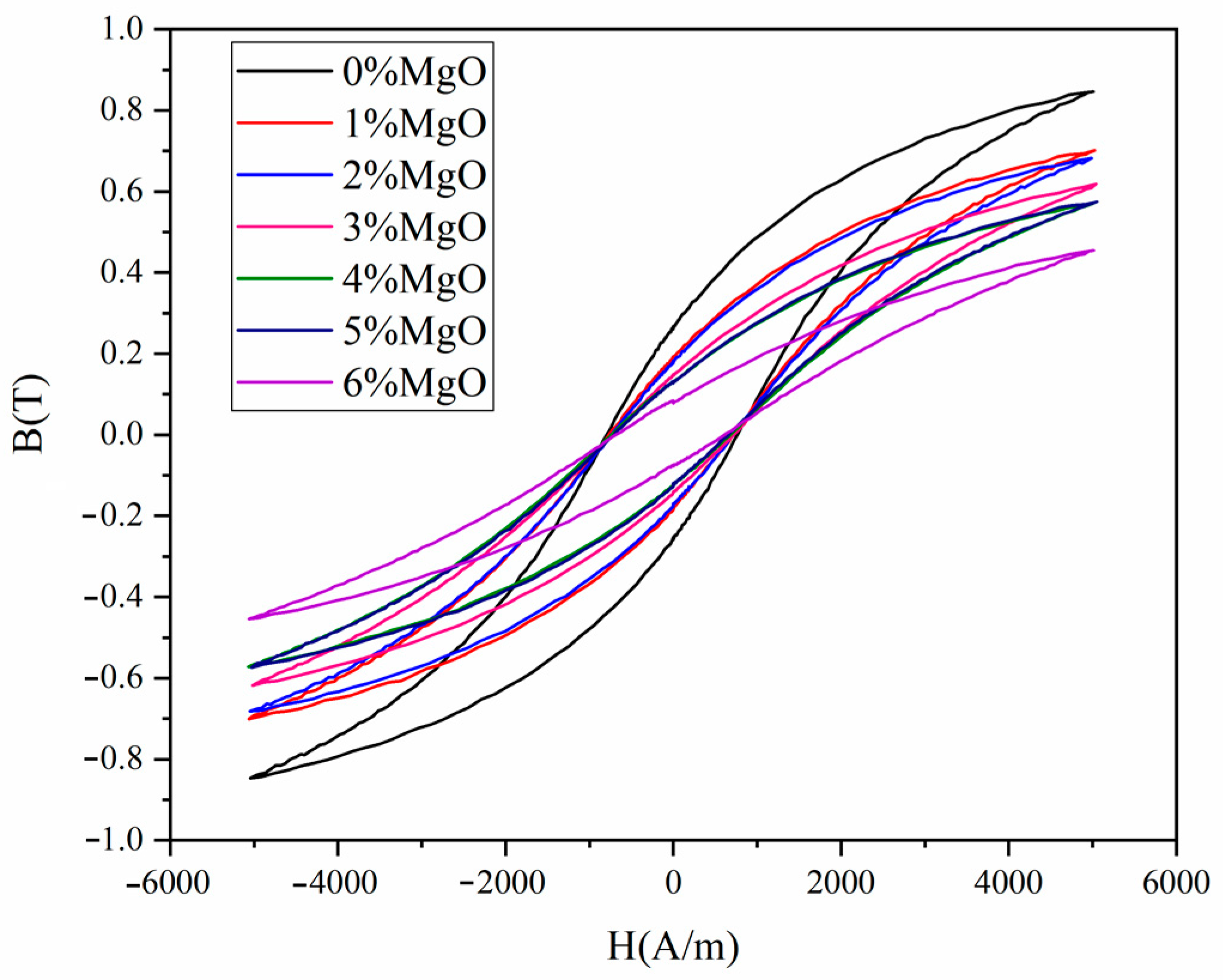
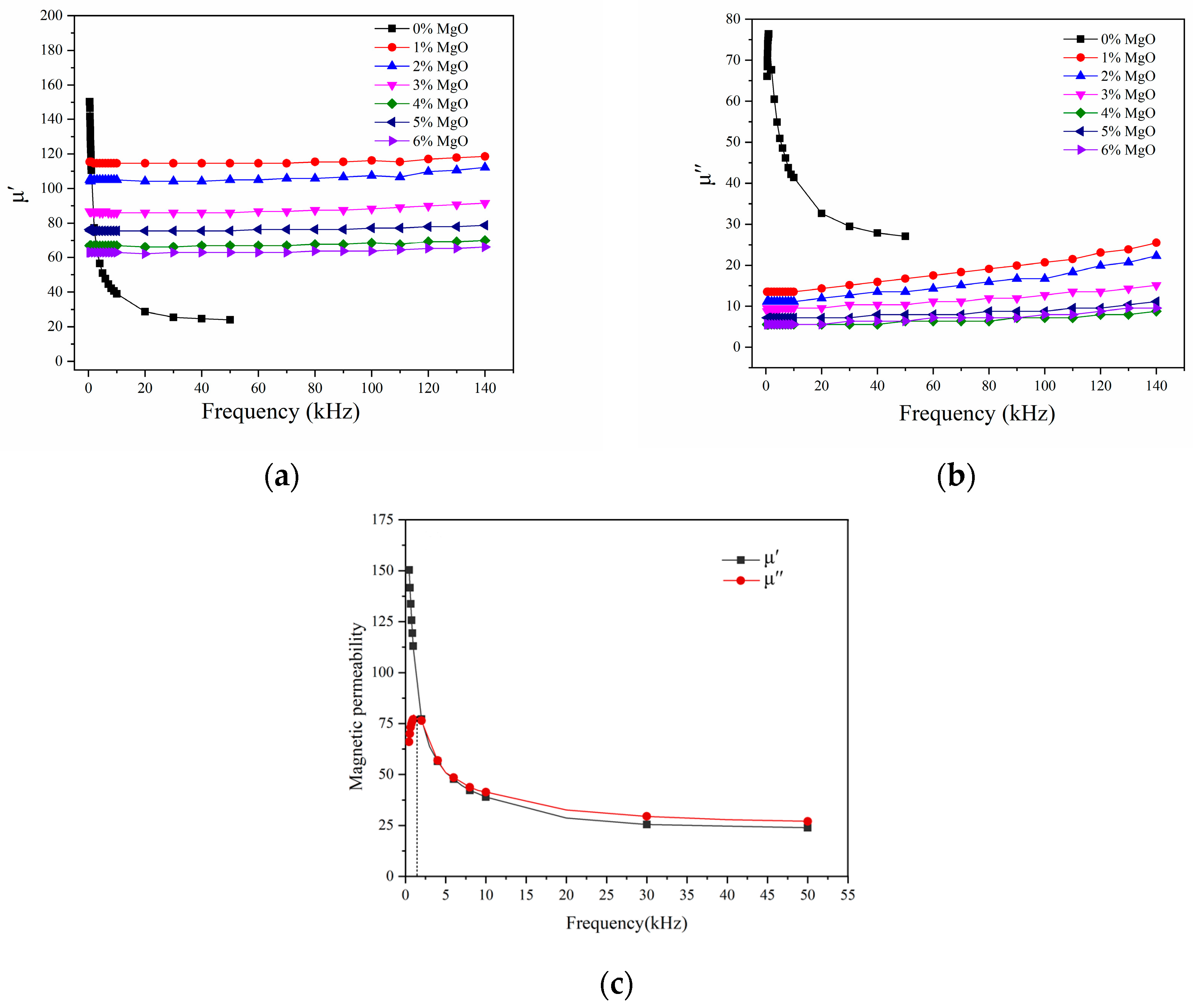


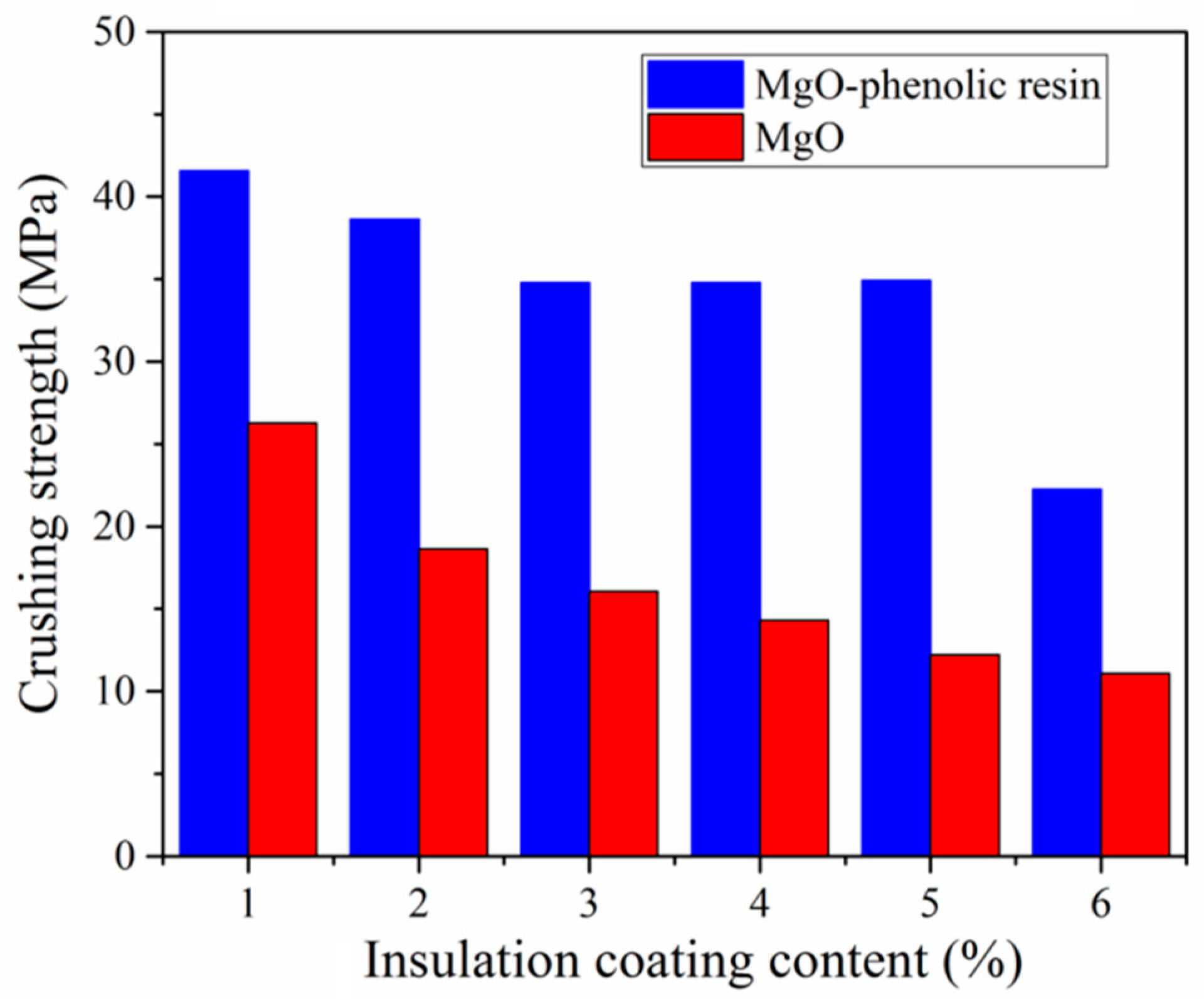
| Sample | Density (g/cm3) | Electrical Resistivity (μΩ·m) |
|---|---|---|
| 0 wt.% MgO | 6.45 | 0.98 |
| 1 wt.% MgO | 6.57 | 37.95 |
| 2 wt.% MgO | 6.48 | 39.37 |
| 3 wt.% MgO | 6.42 | 42.42 |
| 4 wt.% MgO | 6.39 | 43.52 |
| 5 wt.% MgO | 6.21 | 45.38 |
| 6 wt.% MgO | 6.12 | 47.67 |
| Sample | k2 | k3 |
|---|---|---|
| 1% MgO | 1.17 | 0.0045 |
| 2% MgO | 1.15 | 0.0037 |
| 3% MgO | 0.95 | 0.0046 |
| 4% MgO | 0.94 | 0.0044 |
| 5% MgO | 1.10 | 0.0037 |
| 6% MgO | 1.29 | 0.0036 |
Disclaimer/Publisher’s Note: The statements, opinions and data contained in all publications are solely those of the individual author(s) and contributor(s) and not of MDPI and/or the editor(s). MDPI and/or the editor(s) disclaim responsibility for any injury to people or property resulting from any ideas, methods, instructions or products referred to in the content. |
© 2024 by the authors. Licensee MDPI, Basel, Switzerland. This article is an open access article distributed under the terms and conditions of the Creative Commons Attribution (CC BY) license (https://creativecommons.org/licenses/by/4.0/).
Share and Cite
Wan, L.; Sun, X.; Li, J.; Wu, S. Preparation and Magnetic Properties of Low-Loss Soft Magnetic Composites Using MgO-Phenolic Resin Coating. Materials 2024, 17, 4039. https://doi.org/10.3390/ma17164039
Wan L, Sun X, Li J, Wu S. Preparation and Magnetic Properties of Low-Loss Soft Magnetic Composites Using MgO-Phenolic Resin Coating. Materials. 2024; 17(16):4039. https://doi.org/10.3390/ma17164039
Chicago/Turabian StyleWan, Lirui, Xiaoran Sun, Jiechao Li, and Shen Wu. 2024. "Preparation and Magnetic Properties of Low-Loss Soft Magnetic Composites Using MgO-Phenolic Resin Coating" Materials 17, no. 16: 4039. https://doi.org/10.3390/ma17164039
APA StyleWan, L., Sun, X., Li, J., & Wu, S. (2024). Preparation and Magnetic Properties of Low-Loss Soft Magnetic Composites Using MgO-Phenolic Resin Coating. Materials, 17(16), 4039. https://doi.org/10.3390/ma17164039






